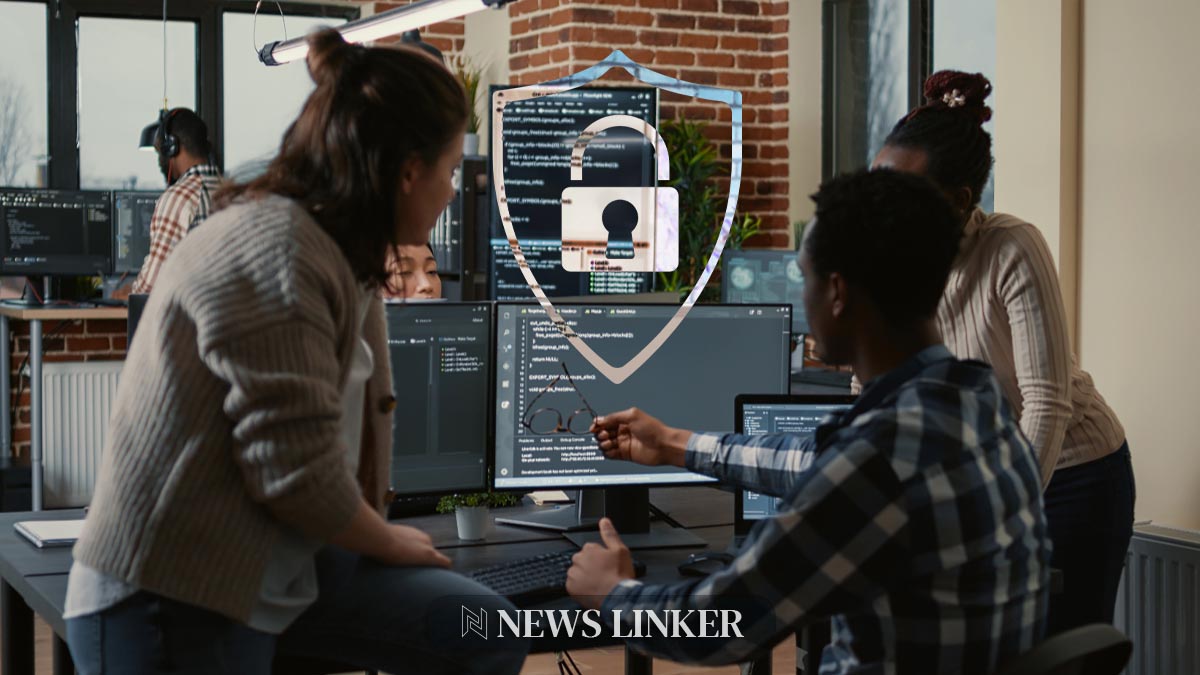In the realm of cybersecurity, the communication between security teams and executive leadership is not just beneficial but crucial. A recent report highlights a significant communication gap within organizations that leaves them vulnerable to sophisticated cyber threats. This gap stems largely from a misalignment in understanding the technical aspects of cybersecurity among senior executives, which can lead to poor decision-making and inadequate cybersecurity measures.
Reports over the years have consistently indicated that many CISOs feel that upper management lacks a deep understanding of the intricacies of cybersecurity, which is essential for making informed decisions about investments and strategies in security measures. This ongoing issue emphasizes the need for better communication and education strategies to bridge this gap, ensuring that all levels of management understand the potential risks and the necessary precautions to mitigate them.
Communication Breakdown?
The technical jargon often used by cybersecurity professionals can alienate non-technical senior executives, leading to ineffective communication and organizational misalignment. The 2024 Global CISO Report by Dynatrace suggests that a significant percentage of CISOs believe their CEOs and boards lack the necessary understanding to evaluate the security landscape effectively. This lack of understanding can result in insufficient preparedness against potential cyber threats and may influence the strategic decisions taken by a company, which could ignore critical cybersecurity implications.
The Business Impact of Cyber Threats?
The consequences of cyber attacks can be devastating, ranging from financial losses due to disrupted operations to severe reputational damage if customer data breaches occur. According to the report, a majority of organizations have faced security incidents related to their digital applications in the past two years, underlining the importance of robust cybersecurity defenses to safeguard organizational and customer data.
Strategic Recommendations?
To improve this situation, the Dynatrace report recommends several strategies. Firstly, security leaders should enhance their reporting mechanisms to offer clear, actionable insights tailored to the strategic goals of the C-suite. Secondly, conducting regular educational workshops and simulations can help demystify cybersecurity for non-technical executives, fostering greater involvement in security-related decision-making. Lastly, adopting a comprehensive security framework that presents a unified view of risks and defenses could facilitate better understanding and support from the board.
Key Inferences
- Enhancing communication can significantly reduce cybersecurity risks.
- Educational initiatives for executives are crucial for informed decision-making.
- A unified security framework aids in presenting a coherent defense strategy.
As cyber threats evolve, the communication within organizations must also advance. The Dynatrace report highlights the urgent need for strategic alignment between security teams and executive management to effectively enhance cybersecurity measures. By addressing the internal communication gaps, organizations can fortify their defenses against cyber threats, thus protecting their assets and reputation in an increasingly digital world. The integration of comprehensive security protocols and clear communication can play a pivotal role in navigating the complex landscape of cybersecurity risks.










